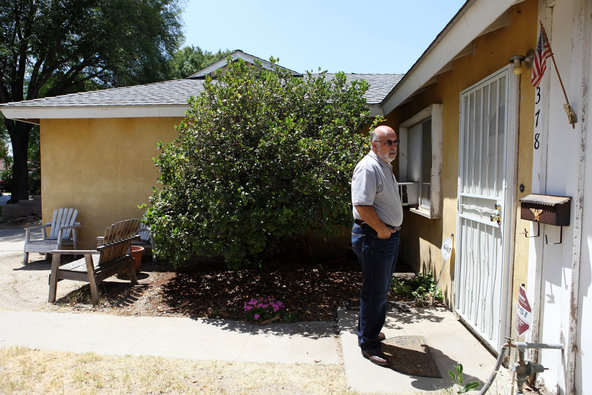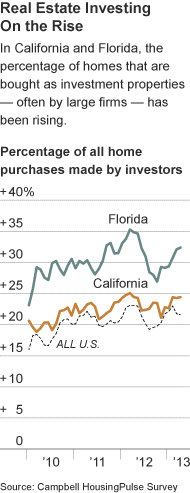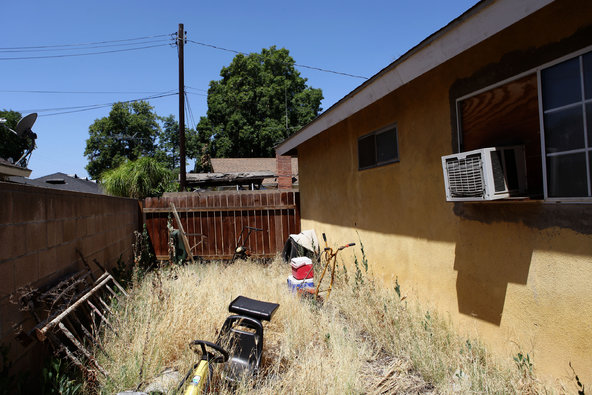In May, to little fanfare, the Obama administration published new estimates of the “social cost of carbon,” a dollars-and-cents measure of the future damage — from floods, pandemics, depressed agricultural productivity — that releasing each additional ton of heat-trapping carbon dioxide into the atmosphere would cost.
The new numbers are likely to be more important than the low-key announcement would imply. They suggest climate change could cause substantially more economic harm than the government previously believed. But they also suggest there is a legitimate debate to be had about the cost of preventing it from getting worse.
Perhaps the most startling conclusion to be drawn from the new estimates is that the sacrifice demanded of our generation to prevent vast climate change down the road may turn out to be rather small.
The typical passenger car emits a ton of CO2 in about two and a half months of driving. Under one set of assumptions, the government’s number-crunchers determined that the damage caused by an additional ton of CO2 spewed into the air in 2015 would amount to $65 in today’s money. That’s 50 percent more than was estimated just three years ago.
This could justify fairly aggressive policies to slow emissions of CO2. A tax of $65 per ton of CO2 to force polluters to pay for the damage would add $0.56 to a gallon of gas. Exxon, say, might have to shell out $8.1 billion to cover the 125 million tons of CO2 it spewed last year. Farms might have to pay $35 billion.
Under a different set of assumptions, though, the social cost of carbon came out to only $13.50 a ton. This would amount to a gas tax of less than $0.12. Considering the fierce debate over what to do about climate change, this does not seem like that much money at all.
Interestingly, the main source of the vast discrepancy between the two figures is not a disagreement about the future damages of warming.
A 2009 review of the dozen or so existing estimates, by Richard Tol, professor of the economics of climate change at Vrije University in Amsterdam, found that studies using very different methodologies still roughly agreed on the magnitude of the impact.
Most cost estimates clustered between 1 and 2 percent of the world’s gross domestic product (estimated at about $85 trillion today), if temperatures were to increase 2.5 degrees Celsius (4.5 degrees Fahrenheit) above the preindustrial era. A more recent estimate by William D. Nordhaus of Yale, the foremost American economist studying climate change, concluded that allowing uncontrolled carbon emissions would raise temperatures above the preindustrial era by 3.4 degrees Celsius (6.1 degrees Fahrenheit) by the end of the century and cost the world 2.8 percent of G.D.P. in 2095.
If damages were higher than expected, the government said the social cost of carbon could rise sharply — to a whopping $123 per ton of CO2.
The discrepancy between the estimates of the value of climate damage stem from radically different views on how much weight the people of the present should give to damages caused by the climate in the distant future.
The estimate of $65 a ton is inspired by a moral stance: if warming will impose a cost of 1 percent of the world’s income in the future, we should spend about 1 percent of our income to prevent it — or perhaps somewhat less to account for the trend that people 100 years from now are likely to be much richer than people today.
By contrast, $13.50 a ton comes from the business world. Essentially, it requires that spending to prevent climate change should yield at least the same rate of return, in terms of reduced damages from warming, as any other capital investment.
The two outlooks lead to entirely different decisions. The government’s rendition of the moral approach implies that it is worth making every investment to reduce carbon emissions that has a rate of return of at least 2.5 percent, in terms of avoided damages. Businesss logic suggests that no investment should be made if the return — after taxes — is less than 5 percent.
The moralist would try to keep the atmosphere from warming more than 2 degrees above its temperature in the preindustrial era, the agreed-upon target at the United Nations climate summit in Copenhagen four years ago. The executive would not, noting that aiming for this goal would cost trillions more than it saved.
Think of it this way: Demanding a 5 percent return means that a dollar invested today should become at least $1.05 next year after inflation, and a little more than $1.10 the year after that. In 200 years it should be worth at least $17,292.58. Turn the logic around and we should spend $1 today to prevent climate-related damage only if it prevents damages of at least $17,292.58 two centuries down the road.
The moralist’s bar is much lower. At 2.5 percent, spending $1 today would be justified if it prevented merely $139.56 worth of damage in 200 years.
The debate over climate change has none of this subtlety. Senate Republicans railed against the new numbers in June, taking the opportunity to signal their skepticism about the “claims of catastrophic global warming.”
The United States Chamber of Commerce threw its weight behind an amendment to an energy bill that passed the Republican-controlled House barring the Environmental Protection Agency from using the numbers in cost-benefit analyses to justify new regulations.
But for all the fury of the response, the new estimates from the Obama administration suggest that the burden American citizens and businesses will be called on to shoulder is likely to be modest — because business logic is likely to prevail.
Multiple challenges compete for the world’s resources, from economic development and ending poverty to eradicating AIDS and malaria. The climate is not the world’s only priority. Even if we were to agree that improving the well-being of future generations is worth an enormous investment, there might be better things to invest in than reducing greenhouse gas emissions.
Most of Bangladesh is less than 33 feet above sea level. Millions of poor farmers on its alluvial plains would welcome investments to prevent melting polar ice caps and rising sea levels. But many would also welcome investments that made them richer and better able to cope with climate change, including jobs outside of agriculture and homes somewhere dry.
As Professor Nordhaus wrote in his 2008 book, “A Question of Balance”: “Investments in reducing future climate damages to corn and trees and other areas should compete with investments in better seed, improved rotation and many other high-yield investments.” If investments in CO2 abatement are not competitive, we would do better by investing elsewhere and using the proceeds to cover warming’s damage. We would still have money left over.
Professor Nordhaus says he prefers a 4 percent discount rate. Using it in “A Question of Balance,” he calculates that the optimal carbon tax comes in at around $11 per ton of CO2 in 2010, which is exactly the low end of the administration’s estimate of the social cost of carbon.
Using it wouldn’t cure the planet. By the year 2100, according to his model, the earth’s temperature rises to 3.45 degrees Celsius above its level in the year 1900, and climate-related damages amount to some $17 trillion. Still, compared with doing nothing it would yield a $3 trillion return. That, he says, is the best we can do.
But the most compelling argument that business logic will prevail has little to do with its merits. It’s simply that the world’s decision-makers are following it. Four years after committing to a 2-degree ceiling, the world’s current policies will lead us, by the end of the century, to blow past 3.

E-mail: eporter@nytimes.com; Twitter: @portereduardo
Article source: http://www.nytimes.com/2013/09/11/business/counting-the-cost-of-fixing-the-future.html?partner=rss&emc=rss


